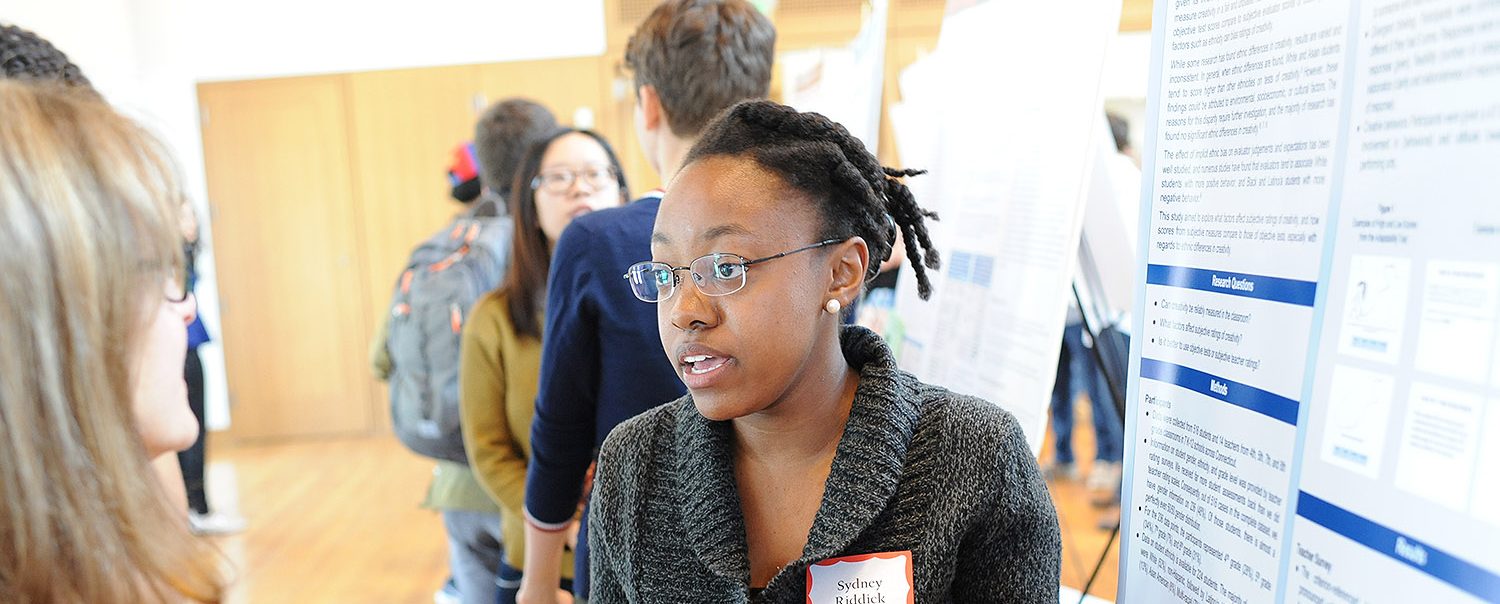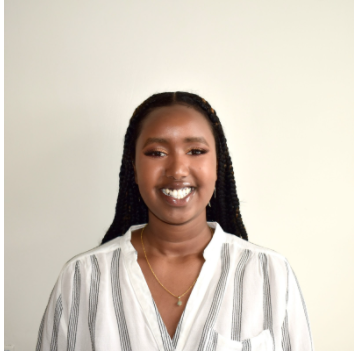Live Poster Session: Zoom Link
Abstract: In this experiment we aimed to determine if and how the lexical quality of words change over time. The two factors of lexical quality that were considered were age of acquisition (AoA) and familiarity (Fam). AoA is a rating that measures when a word is acquired and Fam measures how often a word is experienced. Participants were asked to rate words (selected from the English Lexicon Project and by the researchers) based on Fam and AoA on a 1-7 scale. Results indicated that the means and standard deviations for Fam and AoA ratings were similar between collection periods. Additionally, both Fam and AoA are significantly correlated with ELP word recognition times, however the magnitude of the correlation for Fam appears to be decreasing over time.
WWEP-Eyelab-Poster-21-2





